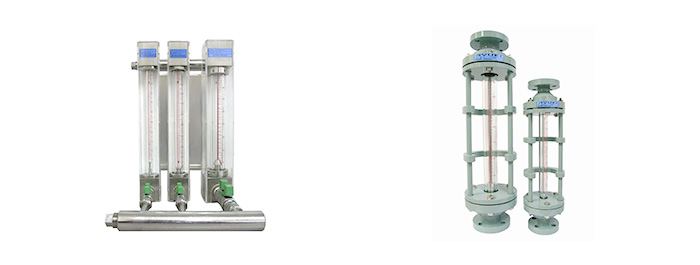大阪営業所 電話 06-6314-1448 (代) FAX 06-6314-1449
Kiểm tra / Hiệu chuẩn
Kiểm tra / Hiệu chuẩn
Chúng tôi kiểm tra các lưu lượng kế khác nhau trong quy trình tiêu chuẩn chung như kiểm tra ngoại hình, tháo rời / kiểm tra, thay thế / sửa chữa bộ phận, làm sạch, hiệu chỉnh / hiệu chuẩn.
Phương pháp hiệu chuẩn sẽ được lựa chọn dựa trên JIS (Tiêu chuẩn Công nghiệp Nhật Bản). (Phát hành kết quả kiểm tra)

Products to be inspected and calibrated
・ FLO-I-18 type, FLO-I-12 type
・ FLO-L65 type, FLO-L68 type, FLO-L70 type, FLO-L70 type (double type)
・ MS-33 type (triple type)
Inspection management items
- Dirt in the tapered tube
- Float movement
- Leakage of fluid seal part
- Corrosion of parts in contact with fluid
- Corrosion / deformation of float
- Changes in measurement conditions such as temperature and pressure
| Item | Content | Criteria |
|---|---|---|
| Inflow / outflow connection |
Airtightness Installation method |
・ No leaks ・It must be installed vertically on the pipe. |
| Tapered pipe part |
① Airtightness of packing gland ② Dirt on the inside and outside ③ Dirt / peeling of flow rate scale ④ Internal and external scratches |
・There is no leakage. There should be no corrosion or aging of the packing. ・It is not dirty. ・Clear without dirt or peeling. ・No scratches or cracks. |
| Strut |
①Looseness of the strut tightening nut ②Rust on strut and nut |
・There should be no looseness or bending of the strut. ・No rust |
| Float |
①Corrosion ②Fluid sticking ③Wear / deformation of the edge of the maximum diameter brim ④Clogged guide hole ⑤Deformation, weight change, specific gravity change |
・It is not corroded. ・No liquid debris or dust is stuck. ・There should be no wear, deformation or scratches on the edges. ・There is no clogging of the hole. ・The float specific weight does not change. |
| Float guide |
①Corrosion ②Bend ③Set position ④Adhesion of fluid ⑤Float stopper |
・It is not corroded. ・There is no bend. ・Always set in the center of the tapered tube. ・No fluid dust is attached. ・There is no corrosion or deformation of the stopper. |
| Zero point | When no fluid is flowing, indicate 1/10 or less of full scale. | |
| Safety | Instructions are stable. |
Inspection management items
- Select a place with less vibration for installation. Also, select a space that is easy to replace and clean the float and other parts.
- Install so that the central axis of the tapered tube is vertical. If the central axis of the tapered tube is tilted with respect to the vertical line, the accuracy and sensitivity of the flow meter will decrease, so be careful about the verticality of the rising pipe and the levelness of the mounting surface.
- Provide a bypass pipeline so that even if the flow meter is removed for repair or maintenance, it will not affect the operation of the equipment.
- Fix the piping so that the stress generated in the piping system is not transmitted to the flow meter.
- Since the movement of the float may become unstable, avoid sudden expansion or squeezing of the diameter immediately before the inflow part or immediately after the outflow part.
- Open and close the valve gently to avoid a sudden impact on the flow meter. (FLO-PL18 type / FLO-L68 type)
- Be careful not to give a sudden temperature change to the tapered tube (hard glass).
- Please note that fluids containing foreign substances may cause malfunctions.
- When suspending winter operation to prevent damage due to freezing of the fluid, drain the liquid or keep it warm.
- Dirty taper tube
The principle of variable area flowmeter
The flow measuring part of the variable area type flowmeter has a tapered tube installed vertically on the pipeline and a float (movable part) that moves up and down in the tapered tube. Then, the fluid enters from the bottom of the tapered pipe and flows out upward.
When the fluid starts to flow, a differential pressure is generated before and after the float, and the float moves up and down. At this time, the area of the annular part created between the float and the tapered tube and the flow rate are in a proportional relationship.
As the flow rate increases, the float moves upward and the annular area increases, balancing upward forces (front-back differential pressure, fluid buoyancy and float surface friction, etc.) with downward forces (float weight). At the position, the float is stationary. The instantaneous flow rate value is measured by directly or indirectly detecting the position.